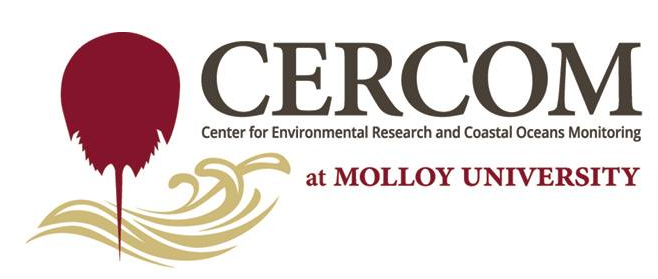Document Type
Peer-Reviewed Article
Publication Date
2-2016
Journal Title or Book Title
Journal of Environmental Science and Engineering
Volume
5
Issue
2
Version
Publisher's PDF
DOI
10.17265/2162-5263/2016.02.003
Abstract
The Jamaica Bay ecosystem is a dichotomy. It encompasses more than 12,000 acres of coastal estuarine marshes and an ecological diversity rivaling any coastal environment in the world. It is considerably altered, and is affected by a variety of ecological insults directly related to the fact that more than 14 million people live in its vicinity. Environmental protection institutions responded to the challenge of protecting the bay, surrounding wetlands and recreational benefits by addressing the increasing load of contaminants into the ecosystem. Billions of dollars have been spent during the past five decades on restoration attempts, including upgrading wastewater treatment plantsand the closure of three major sanitary landfills. Even with the curtailment of untreated wastewater release and ending periodic dredging and filling programs, all activities that are necessary processes in maintaining an urban harbor, the Jamaica Bay ecosystem has reached a point where many believe it to be unrecoverable, requiring massive infusions of restoration dollars. This categorization has been perpetuated based on questionable data (the “myths”) that, when investigated in rigorous scientific detail, prove to be unsubstantiated. In this paper, the origin of these myths and the scientific investigation that dispel them are discussed.
Related Pillar(s)
Study
Recommended Citation
Tanacredi, John T. Ph.D.; Schreibman, Martin P.; and McDonnell, Kevin, "Questioning Ecosystem Assessment and Restoration Practices in a Major Urban Estuary: Perpetuating Myths of Degradation in Spite of Facts" (2016). Faculty Works: CERCOM (1977-2016). 1.
https://digitalcommons.molloy.edu/cercom_fac/1
Included in
Aquaculture and Fisheries Commons, Biodiversity Commons, Biology Commons, Environmental Chemistry Commons, Environmental Health and Protection Commons, Environmental Indicators and Impact Assessment Commons, Environmental Monitoring Commons, Marine Biology Commons, Sustainability Commons, Terrestrial and Aquatic Ecology Commons




